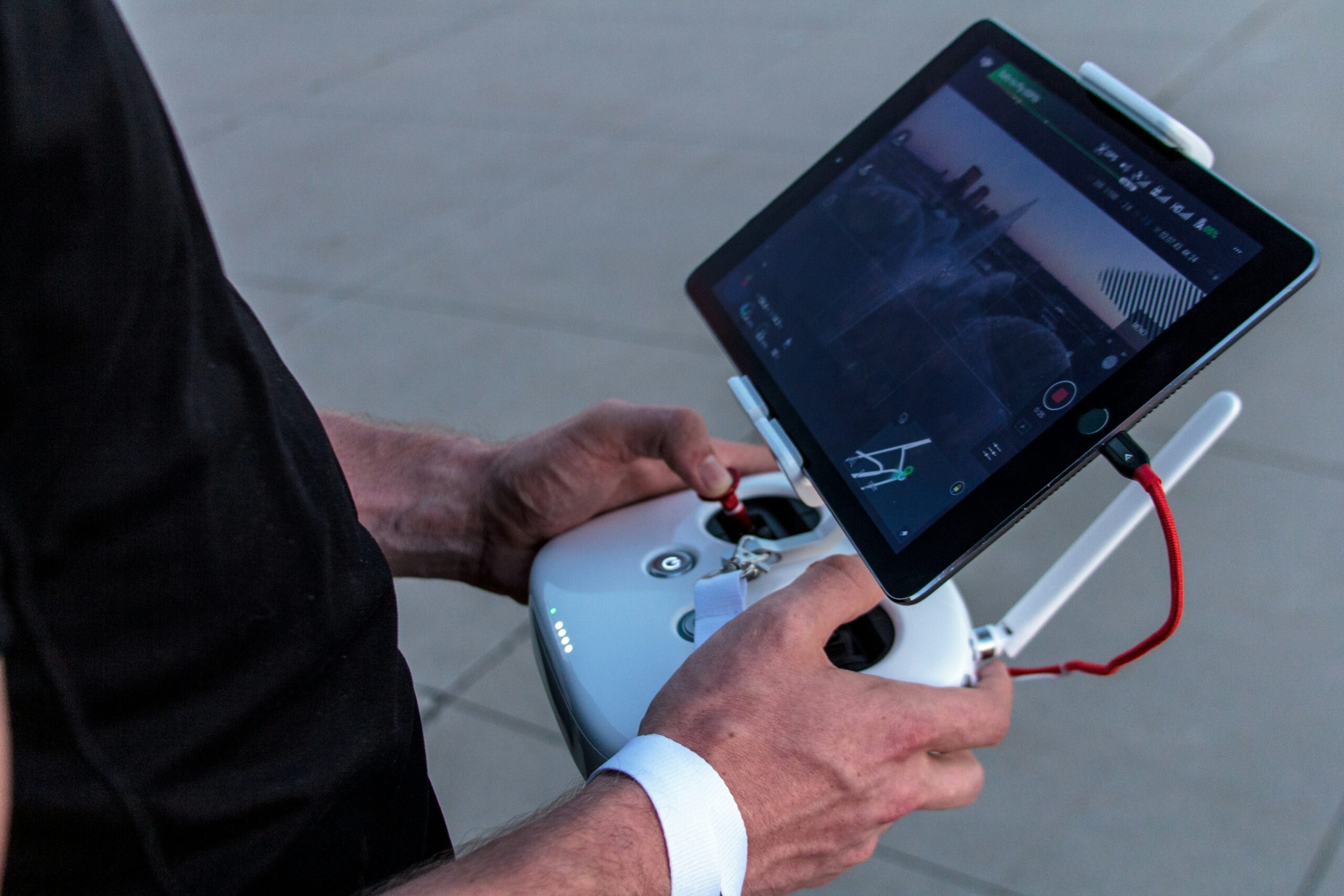Introduction to Drone Technology in Agriculture
The advent of drone technology has revolutionized many sectors, and agriculture is no exception. Today, farmers are increasingly utilizing drones for farm monitoring, paving the way for more efficient and productive farming practices. Drones equipped with advanced sensors and cameras provide real-time data about crop health, soil conditions, and other critical factors that influence yield.
Benefits of Using Drones for Farm Monitoring
One of the primary benefits of utilizing drones for farm monitoring is the ability to cover vast areas of land in a relatively short amount of time. Traditionally, farmers would rely on manual inspection, which is often labor-intensive and time-consuming. Drones, however, can quickly survey fields from above, providing insights that can lead to timely interventions.
Moreover, drones can capture high-resolution images that are vital for analyzing crop health. By identifying areas of stress or disease early, farmers can apply targeted treatments, saving both time and resources. This precise approach not only enhances productivity but also promotes sustainable farming practices.
Future Prospects and Challenges
As drone technology continues to evolve, its role in agriculture will likely expand. Innovations such as improved battery life, enhanced data analytics, and better regulatory frameworks will make farm monitoring more effective. However, challenges like ensuring data privacy and navigating regulatory hurdles must be addressed. Overall, the potential of utilizing drones for farm monitoring is immense, promising a new era of precision agriculture that could redefine how we approach farming.





